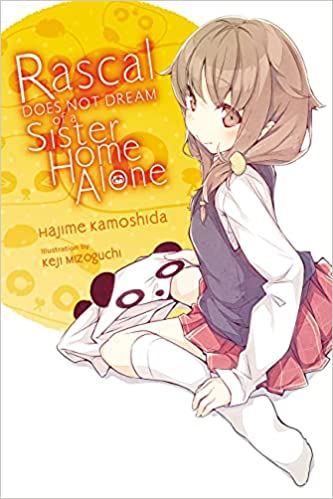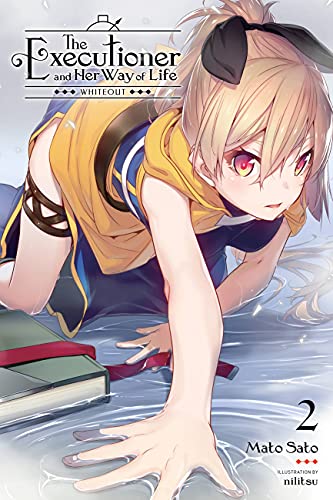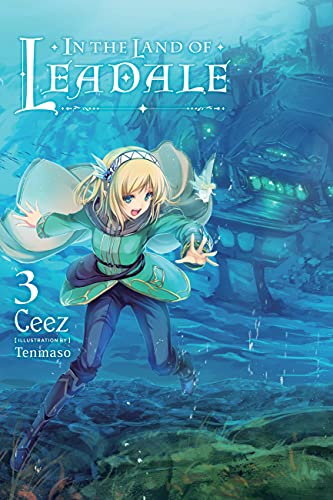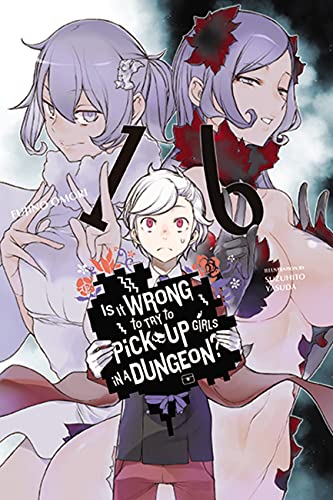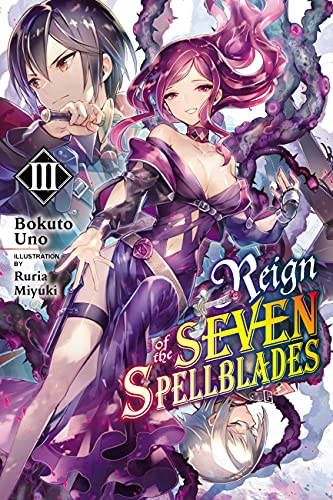By Hirukuma and Namako. Released in Japan as “Murazukuri Game no NPC ga Namami no Ningen to Shika Omoe Nai” by Enterbrain. Released in North America by Seven Seas. Translated by Alexandra Owen-Burns.
One of the more interesting surprises of 2018 was a light novel series that, on the face of it, looked like the stupidest premise in the entire world. It was called Reborn as a Vending Machine, I Now Wander the Dungeon, and its plot was exactly as you’d expect. And yet it not only proved far, far more entertaining than anyone could imagine, but also very good at keeping this a realistic and well-thought out world starring a guy who is a literal, non-moving, vending machine. The reason I bring this all up is that I was not planning on giving The NPCs in This Village Sim Game Must Be Real! the time of day till I saw that it was by the same author as the vending machine story. Can lightning strike twice, I thought? Well, good news there. It wasn’t just a fluke, this is a very good author. This book, about a 30-year-old NEET bum watching a group of five ex-villagers trying to survive, is excellent.
Our protagonist is Yoshio, a man who’s spent the past ten years living at home with his family holed up in his bedroom. He won’t leave the house, he won’t get a job, his parents and sister are seemingly disgusted with him. Then one day he gets a game in the mail, asking him to watch over a sim group of villagers fleeing from monsters trying to survive in the wild. There’s Gams, the soldier defending them all; his sister Chem, a healer; and a normal not-very powerful family: Rodice, Lyra and their 7-year-old daughter Carol. As Yoshio plays the game, he begins to notice that these NPCs are far too natural and well-written to actually be computer generated. What’s the game part? Well, he’s God, and once a day he can write them a prophecy, as well as perform a miracle if he amasses enough Faith Points… which mostly come from spending real-life money. Well, typical game.
As you can see, the plot description makes a reader go “meh”, but as always the execution is where it matters. We spend just as much time concentrating on Yoshio’s home life as we do on the NPC villagers, and it turns out there are multifaceted layers as to exactly WHY he gave up on life and is being a NEET in his room. His family, too, are all dealing with their own issues. The game, therefore, serves as a way to get Yoshio to start caring about life and other people again, and it works quite admirably. By the end of this first volume, he’s opened up to his parents, re-bonded with his sister, and gotten a regular job (if only to pay for the game). The villagers are not quite as interesting as the Yoshio side (the one bit of humor in the book, which features Chem being a brocon and competing with a 7-year-old girl for her brother’s attention, I could have done without) but they also have their nuances, and I appreciates that they really do need Yoshio’s help to survive, but not because they’re innately weak or anything – this world is dangerous.
There are several hints that this may not quite be a “game” at all, mostly due to the offerings the villagers send him by sacrifice every day being then mailed to Yoshio from an address in Hokkaido. I expect the end two books in the series will go deeper into that. (Like Vending Machine, this seems to stop at Book 3.) Still, once again this writer takes a seemingly flat premise and expands on it beautifully. I will absolutely be reading more.















